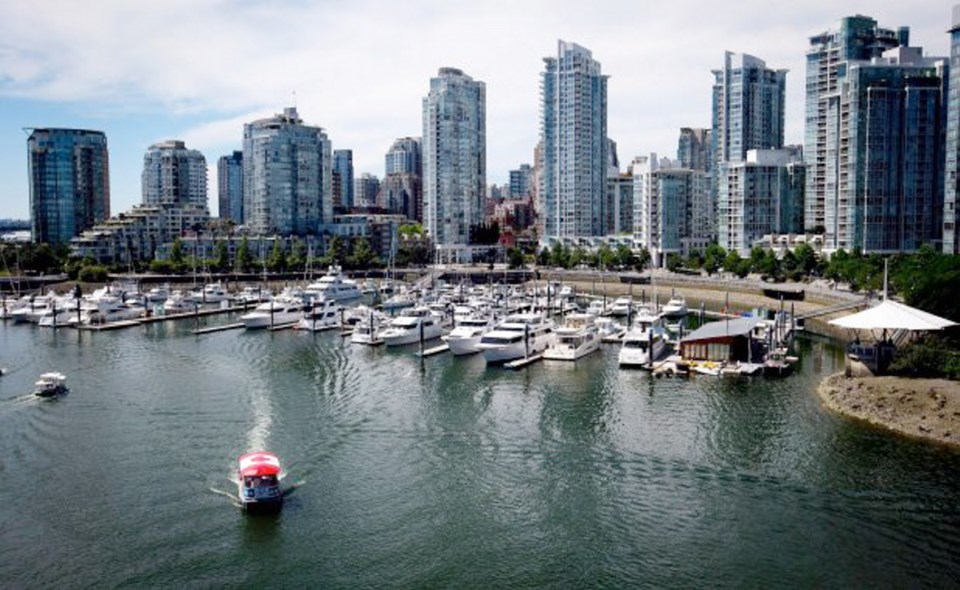The richest 10 per cent of B.C. families have more than half of the province’s wealth, according to a new report from the left-leaning Broadbent Institute.
In contrast, the bottom half of the province has just three per cent of the wealth.
That gives B.C. the highest rate of wealth inequality in the country: In B.C., the richest 10 per cent of families control 56 per cent of the province’s wealth, compared to 48 per cent for the country as a whole.
The top tenth’s share of all wealth is lowest in the Atlantic provinces (32 per cent) and in Quebec (43 per cent).
The Broadbent report is based on survey data collected by Statistics Canada in 2012, which asked Canadians about their net worth. Net worth is the amount of money a family would have if they sold off all their assets and paid off all their debts.
The median net worth for all B.C. families is $344,000, the highest in the country and well above the national average of $244,000. This is believed to be due in large part to B.C.’s high property values.
But there is a huge wealth gap between the poorest B.C. families and the richest.
The richest tenth of B.C. families have a median net worth of $2 million. In contrast, among the poorest tenth of B.C. families, the median net worth is negative $10,000, meaning they have more debts than assets.
“Wealth inequality in our country is … a significant problem,” said Rick Smith, executive director of the Broadbent Institute. “I think most Canadians would likely know there are some people who are richer than others. But the extent of that disparity certainly took us by surprise.”
However, Kevin Milligan, an economics professor at the University of B.C., said while inequality is a real issue in Canada, trying to measure that problem by looking at net worth is problematic.
First, said Milligan, wealth figures don’t take into account the government benefits that poor people may be entitled to when they retire, such as Old Age Security and the Guaranteed Income Supplement — benefits that may discourage poor people from saving because they are subject to clawbacks.
“We’ve set up a system where it’s entirely irrational at the bottom half of the (income) distribution to save very much, so I’m not terribly surprised when they don’t,” said Milligan.
The other problem with wealth data, said Milligan, is that most people’s wealth tends to grow over time as we pay off our debts and accumulate assets. Indeed, Statistics Canada data suggests Canadian couples in their 50s have about three times the net worth of those in their 30s.
As a result, many people work their way up the wealth ladder as they age: Going from a 22-year-old loaded down with student debt to a 55-year-old in a mortgage-free house.
In part because of these reasons, the income gap between rich and poor — and between the rich and the middle-class — is significantly narrower than the wealth gap.
The richest 20 per cent of Canadian families makes, on average, roughly twice as much as the typical family: $177,000 a year compared to $75,000.
But the wealthiest fifth has a median net worth of $1.4 million, five times the $244,000 net worth of the typical family.
The Broadbent Institute is a think-tank founded by former federal NDP leader Ed Broadbent.



